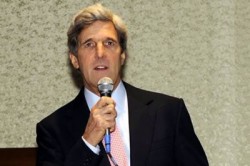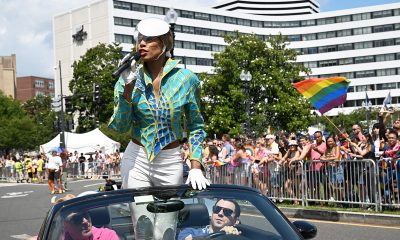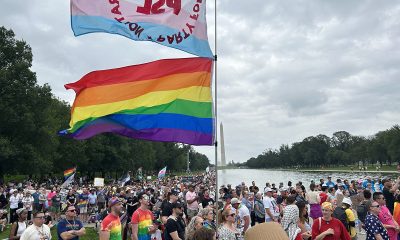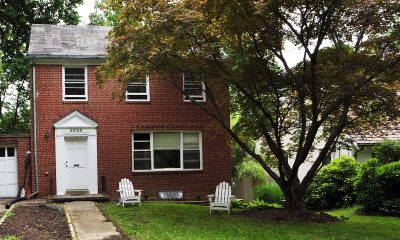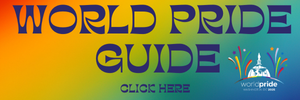National
HHS to study lifting ban on gay blood donors
Four areas of concern cited
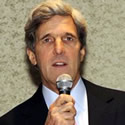
The Department of Health & Human Services has identified four areas of study to pursue before the regulatory ban on gay men donating blood can be lifted.
In a question-and-answer document requested by Sen. John Kerry (D-Mass.) and Rep. Mike Quigley (D-Ill.) made public Tuesday, the department outlined steps that the Blood, Organ, and Tissue Safety Working Group have identified as necessary before gay and bisexual man are allowed to donate blood.
Proposed studies are aimed to address the following four issues:
* how the risk of blood transmissible diseases in the current donor population relate to risk factors in donors;
* the root cause of Quarantine Release Errors, or the accidental release of blood not cleared for use;
* if potential donors correctly understand the current questionnaire and if men who have sex with men would comply with modified deferral criteria; and
* if alternative screening strategy, such as pre- and post-qualifying donation infectious disease testing, for men who have sex with men would assure blood safety while enabling collection of data that could demonstrate safe blood collection.
Under current regulation, men who have had sex with other men since 1977 — even once — aren’t eligible to donate blood.
Last year, the Advisory Committee on Blood Safety & Availability for HHS voted to recommend that the ban not be changed and cited insufficient scientific data to support revision to the policy. However, the committee also recommended additional research to support a policy allowing low-risk gay and bisexual men to donate blood.
The Q&A prepared by HHS asserts that the department is evaluating these four concerns. To determine the relationship between the risk of transmitting blood diseases with risk factors in donors, HHS has this year instituted a study of baseline data. To determine potential errors in release of blood not cleared for use, HHS plans to hold a public workshop with blood establishments and stakeholders later this year.
“The Department’s Blood, Organ, Tissue Senior Executive Council is currently assessing how the above mentioned studies can be supported with limited resources to include long term monitoring through a national hemovigilance program (monitoring or surveillance of the blood supply and blood recipients),” the document states.
Asked whether HHS officials foresee an end to the gay donor ban, HHS doesn’t explicitly say whether the ban will come to end, but that the department is willing to revisit the issue after more information is gathered.
“The Department has worked to develop a plan that will yield scientific data that are currently needed to re-evaluate the policy based on the ACBSA,” HHS states. “When these studies are complete, the Department is committed to a full evidence-based evaluation of the policy. If the data indicate that a change is possible while protecting the blood supply, we will consider a change to the policy.”
In statements, Kerry and Quigley applauded HHS for taking additional steps to lift the ban on gay blood donors.
Kerry said he’s been “working on this a long time in a serious way” and is glad HHS “responded with concrete steps to finally remove this policy from the books.”
“HHS is doing their due-diligence and we plan to stay focused on the end game — a safe blood supply and an end to this discriminatory ban,” Kerry said.
Quigley said the announcement from HHS means “we’re moving in the direction of finally ending this antiquated and discriminatory policy.”
“Sen. Kerry and I will continue to push for a behavior-based screening process both in the name of fairness and a safer blood supply,” Quigley said.
LGBT advocates also praised HHS for taking steps toward allowing gay and bisexual men to donate blood.
Nathan Schaefer, director of public policy at the New York-based Gay Men’s Health Clinic, said he’s “pleased to see” the U.S. government take “critical steps to review outdated blood donation policies.”
“As this research agenda is pursued, GMHC will continue educating the public about the negative consequences of current blood donation policies, and advocating for revised policies that would allow low-risk gay men to donate blood and maintain the highest standard of blood safety,” Schaefer said.
U.S. Supreme Court
Activists rally for Andry Hernández Romero in front of Supreme Court
Gay asylum seeker ‘forcibly deported’ to El Salvador, described as political prisoner
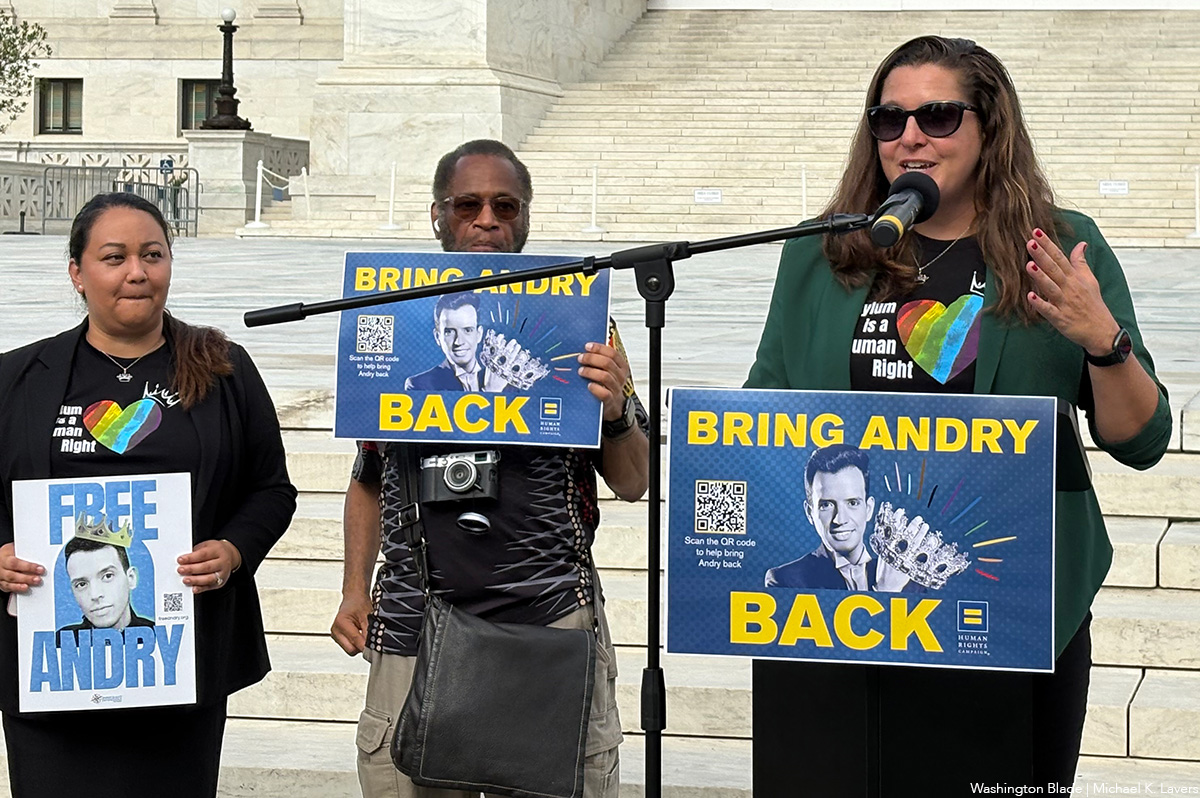
More than 200 people gathered in front of the U.S. Supreme Court on Friday and demanded the Trump-Vance administration return to the U.S. a gay Venezuelan asylum seeker who it “forcibly disappeared” to El Salvador.
Lindsay Toczylowski, president of the Immigrant Defenders Law Center, a Los Angeles-based organization that represents Andry Hernández Romero, is among those who spoke alongside U.S. Rep. Mark Takano (D-Calif.) and Human Rights Campaign Campaigns and Communications Vice President Jonathan Lovitz. Sarah Longwell of the Bulwark, Pod Save America’s Jon Lovett, and Tim Miller are among those who also participated in the rally.
“Andry is a son, a brother. He’s an actor, a makeup artist,” said Toczylowski. “He is a gay man who fled Venezuela because it was not safe for him to live there as his authentic self.”
(Video by Michael K. Lavers)
The White House on Feb. 20 designated Tren de Aragua, a Venezuelan gang, as an “international terrorist organization.”
President Donald Trump on March 15 invoked the Alien Enemies Act of 1798, which the Associated Press notes allows the U.S. to deport “noncitizens without any legal recourse.” The Trump-Vance administration subsequently “forcibly removed” Hernández and hundreds of other Venezuelans to El Salvador.
Toczylowski said she believes Hernández remains at El Salvador’s Terrorism Confinement Center, a maximum-security prison known by the Spanish acronym CECOT. Toczylowski also disputed claims that Hernández is a Tren de Aragua member.
“Andry fled persecution in Venezuela and came to the U.S. to seek protection. He has no criminal history. He is not a member of the Tren de Aragua gang. Yet because of his crown tattoos, we believe at this moment that he sits in a torture prison, a gulag, in El Salvador,” said Toczylowski. “I say we believe because we have not had any proof of life for him since the day he was put on a U.S. government-funded plane and forcibly disappeared to El Salvador.”
“Andry is not alone,” she added.
Takano noted the federal government sent his parents, grandparents, and other Japanese Americans to internment camps during World War II under the Alien Enemies Act. The gay California Democrat also described Hernández as “a political prisoner, denied basic rights under a law that should have stayed in the past.”
“He is not a case number,” said Takano. “He is a person.”
Hernández had been pursuing his asylum case while at the Otay Mesa Detention Center in San Diego.
A hearing had been scheduled to take place on May 30, but an immigration judge the day before dismissed his case. Immigrant Defenders Law Center has said it will appeal the decision to the Board of Immigration Appeals, which the Justice Department oversees.
“We will not stop fighting for Andry, and I know neither will you,” said Toczylowski.
Friday’s rally took place hours after Attorney General Pam Bondi said Kilmar Abrego Garcia, a Maryland man who the Trump-Vance administration wrongfully deported to El Salvador, had returned to the U.S. Abrego will face federal human trafficking charges in Tennessee.
National
A husband’s story: Michael Carroll reflects on life with Edmund White
Iconic author died this week; ‘no sunnier human in the world’
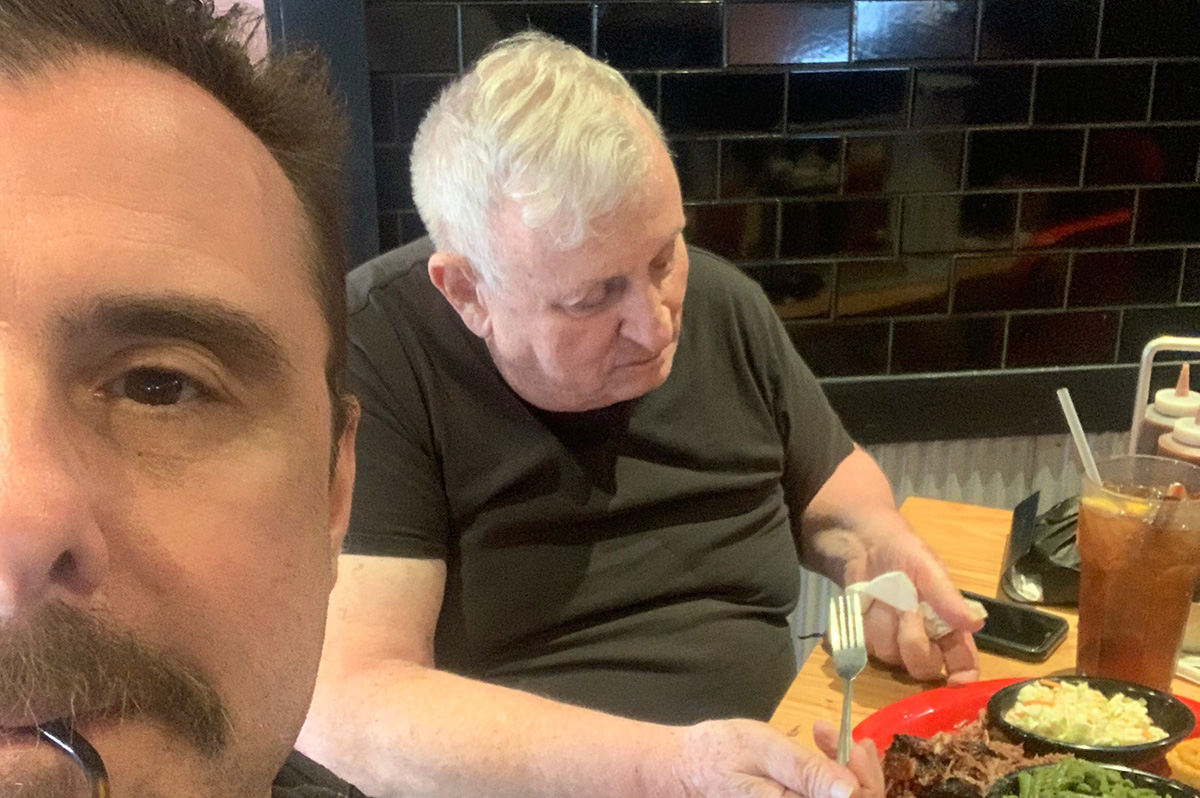
Unlike most gay men of my generation, I’ve only been to Fire Island twice. Even so, the memory of my first visit has never left me. The scenery was lovely, and the boys were sublime — but what stood out wasn’t the beach or the parties. It was a quiet afternoon spent sipping gin and tonics in a mid-century modern cottage tucked away from the sand and sun.
Despite Fire Island’s reputation for hedonism, our meeting was more accident than escapade. Michael Carroll — a Facebook friend I’d chatted with but never met — mentioned that he and his husband, Ed, would be there that weekend, too. We agreed to meet for a drink. On a whim, I checked his profile and froze. Ed was author Edmund White.
I packed a signed copy of Carroll’s “Little Reef” and a dog-eared hardback of “A Boy’s Own Story,” its spine nearly broken from rereads. I was excited to meet both men and talk about writing, even briefly.
Yesterday, I woke to the news that Ed had passed away. Ironically, my first thought was of Michael.
This week, tributes to Edmund White are everywhere — rightly celebrating his towering legacy as a novelist, essayist, and cultural icon. I’ve read all of his books, and I could never do justice to the scope of a career that defined and chronicled queer life for more than half a century. I’ll leave that to better-prepared journalists.
But in those many memorials, I’ve noticed something missing. When Michael Carroll is mentioned, it’s usually just a passing reference: “White’s partner of thirty years, twenty-five years his junior.” And yet, in the brief time I spent with this couple on Fire Island, it was clear to me that Michael was more than a footnote — he was Ed’s anchor, editor, companion, and champion. He was the one who knew his husband best.
They met in 1995 after Michael wrote Ed a fan letter to tell him he was coming to Paris. “He’d lost the great love of his life a year before,” Michael told me. “In one way, I filled a space. Understand, I worshiped this man and still do.”
When I asked whether there was a version of Ed only he knew, Michael answered without hesitation: “No sunnier human in the world, obvious to us and to people who’ve only just or never met him. No dark side. Psychology had helped erase that, I think, or buffed it smooth.”
Despite the age difference and divergent career arcs, their relationship was intellectually and emotionally symbiotic. “He made me want to be elegant and brainy; I didn’t quite reach that, so it led me to a slightly pastel minimalism,” Michael said. “He made me question my received ideas. He set me free to have sex with whoever I wanted. He vouchsafed my moods when they didn’t wobble off axis. Ultimately, I encouraged him to write more minimalistically, keep up the emotional complexity, and sleep with anyone he wanted to — partly because I wanted to do that too.”
Fully open, it was a committed relationship that defied conventional categories. Ed once described it as “probably like an 18th-century marriage in France.” Michael elaborated: “It means marriage with strong emotion — or at least a tolerance for one another — but no sex; sex with others. I think.”
That freedom, though, was always anchored in deep devotion and care — and a mutual understanding that went far beyond art, philosophy, or sex. “He believed in freedom and desire,” Michael said, “and the two’s relationship.”
When I asked what all the essays and articles hadn’t yet captured, Michael paused. “Maybe that his writing was tightly knotted, but that his true personality was vulnerable, and that he had the defense mechanisms of cheer and optimism to conceal that vulnerability. But it was in his eyes.”
The moment that captured who Ed was to him came at the end. “When he was dying, his second-to-last sentence (garbled then repeated) was, ‘Don’t forget to pay Merci,’ the cleaning lady coming the next day. We had had a rough day, and I was popping off like a coach or dad about getting angry at his weakness and pushing through it. He took it almost like a pack mule.”
Edmund White’s work shaped generations — it gave us language for desire, shame, wit, and liberation. But what lingers just as powerfully is the extraordinary life Ed lived with a man who saw him not only as a literary giant but as a real person: sunny, complex, vulnerable, generous.
In the end, Ed’s final words to his husband weren’t about his books or his legacy. They were about care, decency, and love. “You’re good,” he told Michael—a benediction, a farewell, maybe even a thank-you.
And now, as the world celebrates the prolific writer and cultural icon Edmund White, it feels just as important to remember the man and the person who knew him best. Not just the story but the characters who stayed to see it through to the end.
District of Columbia
In town for WorldPride? Take a D.C. LGBTQ walking tour
Scenes of protest, celebration, and mourning
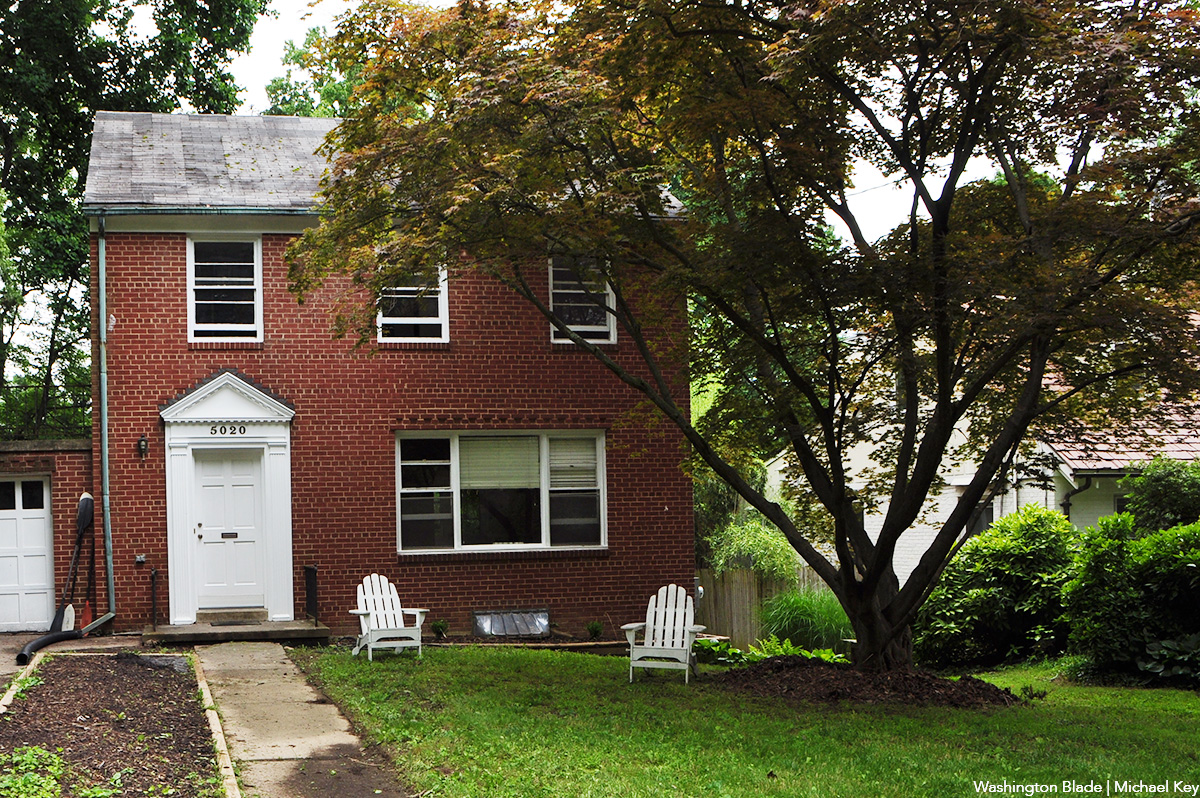
As Washington welcomes the world for WorldPride, it’s essential to honor the city’s deep-rooted LGBTQ history—an integral part of the broader story of the nation’s capital. The following locations have served as cornerstones of queer life and activism in D.C., shaping both local and national movements for LGBTQ rights. So take a walk around “the gayest city in America” and check out these sites.
DUPONT CIRCLE AREA
Dupont Circle
Central hub of LGBTQ life since the early 20th century, hosting Pride parades, Dyke Marches, and cruising culture. A long-standing site of protests and celebrations.
Washington Hilton – 1919 Connecticut Ave NW
Hosted D.C.’s first major hotel drag event in 1968 and the iconic Miss Adams Morgan Pageant. Protested in 1978 during Anita Bryant’s appearance.
Lesbian Avengers – 1426 21st St NW
Formed in 1992, the group empowered lesbians through bold direct actions. They met in Dupont Circle and launched the city’s first Dyke March.
Lambda Rising Bookstore (former) – 1724 20th Street NW
D.C.’s first LGBTQ bookstore and the birthplace of the city’s inaugural Pride celebration in 1975.
Women In The Life (former office) – 1623 Connecticut Ave NW
Founded in 1993 by Sheila Alexander-Reid as a safe space and support network for lesbians of color.
17th Street NW Corridor – Between P & R Streets NW
Core of the LGBTQ business district, home to the annual High Heel Race in October and the June Block Party celebrating the origins of D.C. Pride.
CAPITOL HILL / SOUTHEAST
Tracks (former) – 80 M St SE
Once D.C.’s largest gay club, famous for inclusive parties, RuPaul shows, and foam nights from 1984 to 2000.
Ziegfeld’s / The Other Side – 1345 Half Street SE
Legendary drag venue since 1978, hosting famed performers like Ella Fitzgerald.
Club 55 / Waaay Off Broadway – 55 K Street SE
Converted theater central to D.C.’s early drag and Academy pageant scenes.
Congressional Cemetery – 1801 E Street SE
Resting place of LGBTQ figures like Sgt. Leonard Matlovich and Peter Doyle. Offers queer history tours.
Mr. Henry’s – 601 Pennsylvania Ave SE
LGBTQ-friendly bar since 1966 and the launching stage for Roberta Flack’s career.
The Furies Collective House – 219 11th Street SE
Home to a 1970s lesbian feminist collective that published “The Furies.” Members included Rita Mae Brown.
ARCHIVES / PENN QUARTER
Archives Metro & Center Market Site – 7th St & Pennsylvania Ave NW
Where Walt Whitman met Peter Doyle in 1865, commemorated by a sculpture linking Whitman and poet Fernando Pessoa.
COLUMBIA HEIGHTS / PETWORTH
Palm Ballroom (former) – 4211 9th Street NW
Mid-20th century venue for Black drag balls and LGBTQ events during segregation.
NATIONAL MALL AREA
National Mall / Washington Monument Grounds
Historic site of LGBTQ activism and remembrance, including the 1987 display of the AIDS Memorial Quilt and a mass same-sex wedding. Hosted major civil rights marches in 1979, 1987, and 1993.
NORTHWEST DC
Dr. Franklin E. Kameny House – 5020 Cathedral Ave NW
Home of gay rights pioneer Frank Kameny and the Mattachine Society of Washington; now a national landmark.
LAFAYETTE SQUARE / WHITE HOUSE
Lafayette Park – Pennsylvania Ave & 16th St NW
Historic gay cruising area and epicenter of government surveillance during the Lavender Scare.
Data from: SSecret City by James Kirchick, The Deviant’s War by Frank Kameny, Brett Beemyn, The Rainbow History Project, NPS Archives, Washington Blade Archives.
-
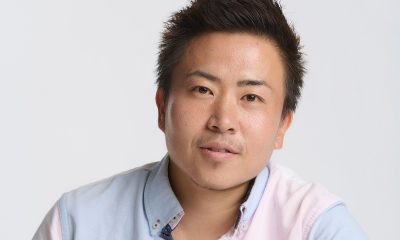
 Japan4 days ago
Japan4 days agoJapan should end abusive detention conditions for transgender people
-
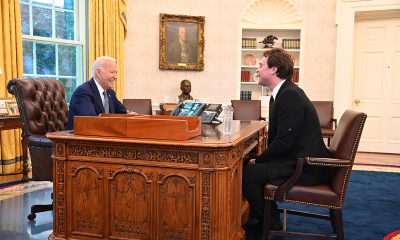
 Opinions4 days ago
Opinions4 days agoI interviewed Biden in late 2024 and he was attentive, engaged
-
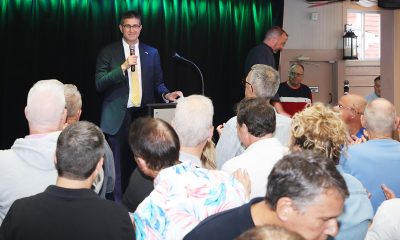
 Delaware4 days ago
Delaware4 days agoDelaware Gov. Meyer announces LGBTQ commission
-

 World Pride 20254 days ago
World Pride 20254 days agoU.S. Park Service closes Dupont Circle Park for WorldPride weekend

